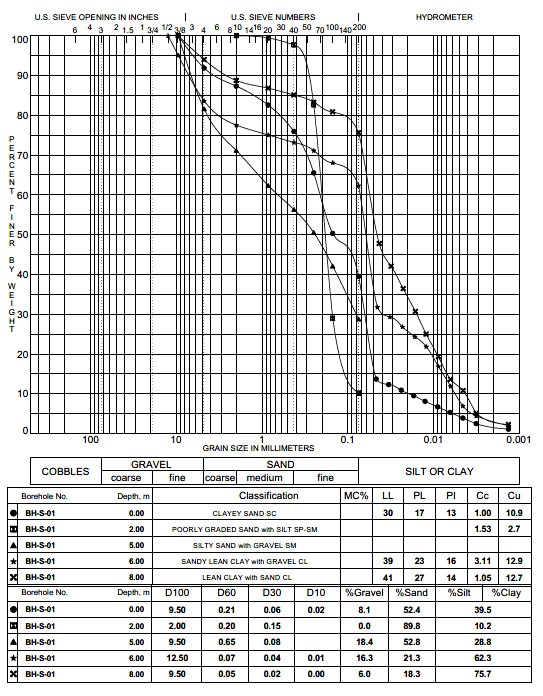UP830
Civil/Environmental
- May 18, 2018
- 15
General question, how do you know if a Silt will perform as a cohesive or non cohesive soil?
Is it dependent on Plasticity? Non plastic silt, with PI less than 10, will perform as a cohesive soil?
I feel that the topic is not well discussed in textbooks. If some one has a good reference please shout.
Is it dependent on Plasticity? Non plastic silt, with PI less than 10, will perform as a cohesive soil?
I feel that the topic is not well discussed in textbooks. If some one has a good reference please shout.

